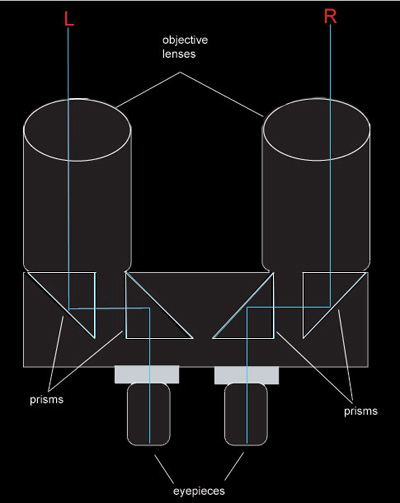|
Depth perception is the ability to see the world in three dimensions and to perceive distance. Although this ability may seem simple, depth perception is remarkable when you consider that the images projected on each retina are two-dimensional. From these flat images, we construct a vivid three-dimensional world. To perceive depth, we depend on two main sources of information: binocular disparity, a depth cue that requires both eyes; and monocular cues, which allow us to perceive depth with just one eye.
you have an awareness of the relative distance of objects for two basic reasons. first, you have some preconceived notion of how large most things are, and from this and its apparent size in your field of view, you can estimate its distance. depth perception, especially when you are in motion or when objects are moving toward and away from you, is greatly enhanced by the fact that you have binocular vision. you see slightly different views through your left eye, as compared with your right eye, unless objects are extremely distant.
the traditional magnifying binoculars take into account the fact that
two eyes are necessary in order to completely percieve depth. in fact
the binoculars exagerate depth along with the magnification that they
provide. this is done through the placement of prisms inside the two telescopes
that comprise a pair of binocular, allowing the objective lenses to be
farther apart than actual human eyes. it is thought that the magnification
of the binoculars makes it necessary to have the objectives lenses farther
apart than human eyes are, although the increase in distance between the
objectives is not usually in the same porportion as the magnification
of the binoculars.
 |
| [ home| perception| depth perception| context effects| 3D vision ] |
| [ autostereogram| effects of color| optical illusions| visual illusions ] |

